▼Click the card below to follow our public account ▼
Today, embedded systems are increasingly applied in various fields such as smart homes, smart healthcare, industrial automation, and intelligent transportation. In the process of embedded system development, data structures are an essential knowledge point. This article will introduce several common data structures in embedded programming, including arrays, stacks, queues, heaps, hash tables, and linked lists.

1. Arrays

Arrays are a type of linear data structure that uses a contiguous block of memory to store data of the same type. In an array, each element has a unique index used to access and modify them. The advantage of arrays is their ease of understanding and implementation, but the downside is that insertion and deletion operations may require moving a large amount of data, leading to lower efficiency.
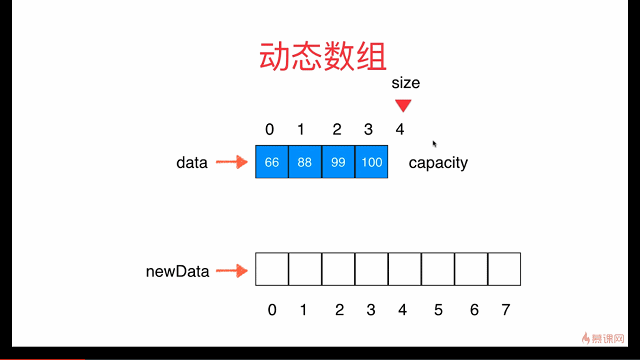
Arrays have the advantage of random access, but they are relatively inefficient for insertion and deletion operations. In embedded systems, if a large number of insertions and deletions are required, it is recommended to use other data structures.

2. Stacks

A stack is a Last In First Out (LIFO) data structure that only allows insertion and deletion operations at one end (called the top of the stack). Common operations for stacks include push (adding an element), pop (removing an element), and peek (viewing the top element). Stacks are commonly used to handle problems with specific order requirements, such as function calls and puzzle games.
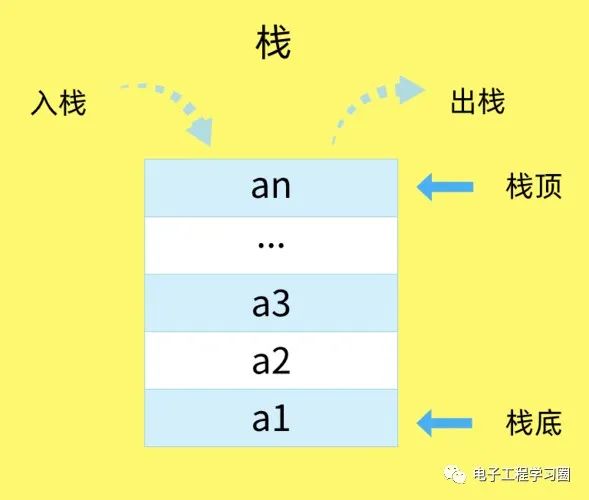
Stacks have efficient insertion and deletion operations, but random access is less efficient. In embedded systems, stack space is usually limited, so attention must be paid to stack usage and management to avoid issues like stack overflow.

3. Queues

A queue is a linear list that only allows insertion at one end and deletion at the other end. The end where insertion occurs is called the rear, and the end where deletion occurs is called the front. The main characteristic of a queue is First In First Out (FIFO).
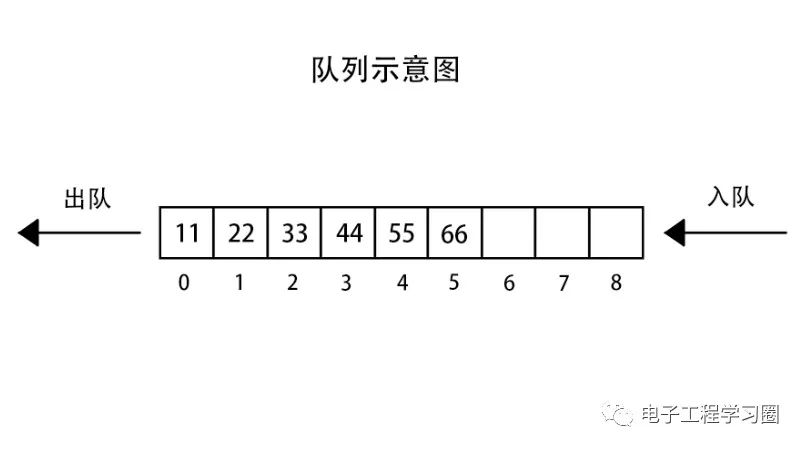
Queues have efficient insertion and deletion operations, but random access is less efficient. In embedded systems, queue space is usually limited, so attention must be paid to queue usage and management to avoid issues like queue overflow.

4. Heaps

A heap is a tree-based data structure that can quickly find the maximum or minimum value. In embedded systems, heaps are often used to implement dynamic memory allocation, priority queues, and other functions. For example, in an embedded system, a heap can be used for dynamic memory allocation and to implement task priority scheduling.
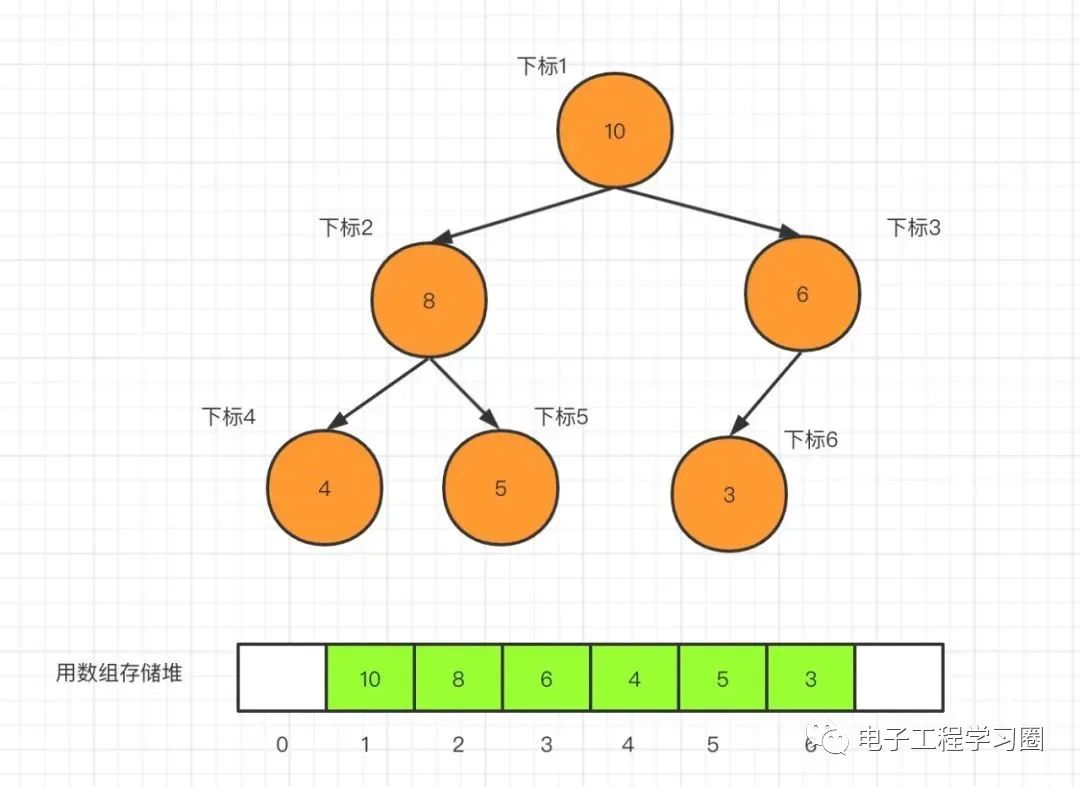
Heaps have efficient search and delete operations, but insertion operations are less efficient. In embedded systems, heap space is usually limited, so attention must be paid to heap usage and management to avoid heap overflow issues.

5. Hash Tables
 Hash tables provide fast insertion and lookup operations. Regardless of how many entries are in the hash table, the time complexity for insertion and lookup is O(1) because the lookup speed of hash tables is very fast. Therefore, hash tables are used in many programs, such as pinyin checkers. The basic idea of a hash table is to transform a binary value of any length into a fixed-length string using a specific function, which serves as the index for an array. For example, we can use a short string to represent a long string and then use this short string as the index to store the long string. This way, we can quickly find the corresponding long string using the short string.Hash tables have efficient lookup and delete operations, but they require a significant amount of memory space. In embedded systems, memory space is usually limited, so attention must be paid to hash table usage and management to avoid memory overflow issues.
Hash tables provide fast insertion and lookup operations. Regardless of how many entries are in the hash table, the time complexity for insertion and lookup is O(1) because the lookup speed of hash tables is very fast. Therefore, hash tables are used in many programs, such as pinyin checkers. The basic idea of a hash table is to transform a binary value of any length into a fixed-length string using a specific function, which serves as the index for an array. For example, we can use a short string to represent a long string and then use this short string as the index to store the long string. This way, we can quickly find the corresponding long string using the short string.Hash tables have efficient lookup and delete operations, but they require a significant amount of memory space. In embedded systems, memory space is usually limited, so attention must be paid to hash table usage and management to avoid memory overflow issues.
6. Linked Lists

A linked list is a non-linear data structure composed of a series of nodes, each containing a data element and a pointer to the next node. The advantage of linked lists is that insertion and deletion operations are relatively simple, as they only require modifying pointers. However, the downside is that accessing individual elements is slower because it requires traversing from the head node.
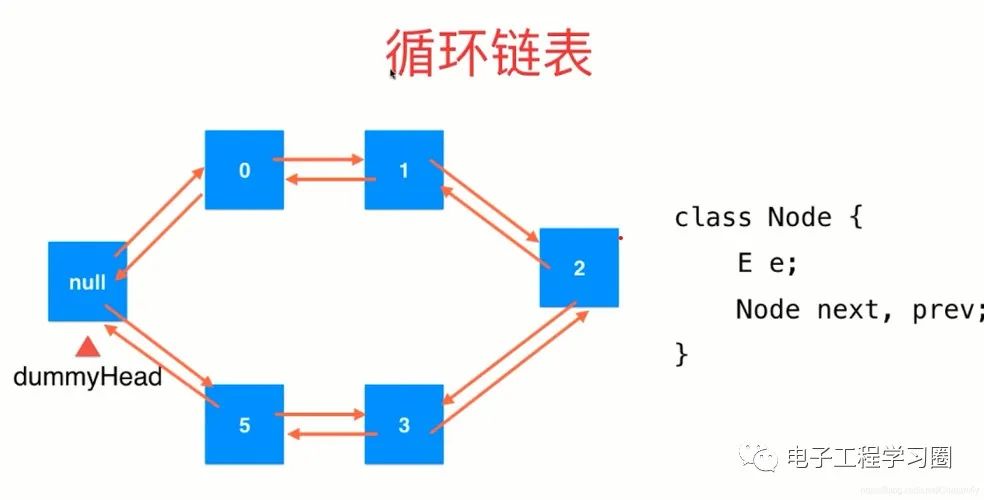
Linked lists have efficient insertion and deletion operations, but random access is less efficient. In embedded systems, memory management for linked lists can be complex, so attention must be paid to linked list usage and management to avoid memory leaks.

Conclusion

In embedded programming, data structures are a very important knowledge point. This article introduced several common data structures in embedded programming, including arrays, stacks, queues, heaps, hash tables, and linked lists. These data structures have wide applications in embedded systems and can help developers implement various functions. However, when using these data structures, attention must be paid to space limitations, efficiency, and other issues to avoid unnecessary errors and problems.
Disclaimer:
This account maintains a neutral stance on all original and reprinted articles’ statements and viewpoints. The articles are provided for readers’ learning and communication purposes. The copyright of the articles, images, etc., belongs to the original authors. If there is any infringement, please contact us for deletion.


【Tutorial】 Basics of Analog Electronic Technology【Tutorial】 Basics of Digital Electronic Technology【Tutorial】 Circuit Theory
【Tutorial】 Electromagnetic Compatibility
【Tutorial】 Principles and Applications of Microcontrollers
【Tutorial】 Basics of C Language
【Tutorial】 Real-Time Operating System uCOS-II
【Resources】 20 Smart Home System Design Resources
【Resources】 400+ Electronic Circuit Animation Courseware + 147G Hardware Design and Development Video Resources
【Resources】 100+ Switch Power Supply Design Resources
【Resources】 800+ Microcontroller Design Resources, Master Microcontroller Circuit Design~
【Resources】 10G+ AD Packaging Library Files, Meeting 99% of Your Development Needs!
【Resources】 60+ Inverter Power Supply Resources, Supporting New Energy Application Development
【Resources】 31 Automatic Calculation Formula Tables for Flyback Parameters
【Resources】 176 Power MOSFET Circuit Learning Resources
【Resources】 97 Switch Power Supply Loop Control Design Resources
【Resources】 525 Microcontroller C Language Simulation Examples
【Resources】 5 Sets of DC Brushless Three-Phase Motor Control Solutions
【Resources】 1399 Cadence PCB Operation Manual Packaging Library Files
